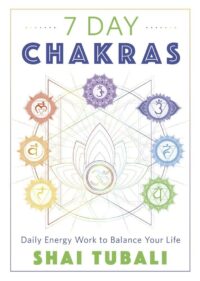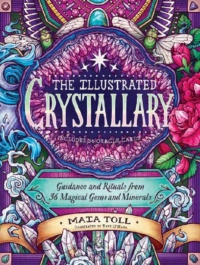“Origins of Magic: Secrets The Ancients Kept Hidden” by Jason Mondragon

"This is a must-have for any practitioner, a vital resource to fully realize the powers that connect us all. This is also a source for all True Universalists.
– Understand the role of chaos in the universe and how it relates to Magic
– Learn about the different branches of Magic and how they can be applied in your life
– Study the history of Magic and how it has been used throughout the ages
When considering magic, we must understand the forces at play when we use these powers of creation. In addition, many beliefs have a variety of actions that people must perform within them. When prayers go unanswered, it's easy to feel disillusioned and hopeless. We may wonder why our gods or ancestors didn't come through for us, especially when we've done everything we could to please them. But what if the answer is more straightforward than that? What if they're not there? Prayers and blessings can be potent forms of magic, but they only work if the recipient is willing to help. Too often, people try to pray to beings that don't even exist or pray for something that goes against the recipient's beliefs. Magic can lead to many problems, especially when innocently dealing with the Chaotic Realm. Blessings from the Chaotic Realm are dangerous and unpredictable. They can easily lead to disaster if not handled correctly. That's because the Chaotic Realm is full of beings that despise humans and everything we stand for. Trying to gain their blessing is asking for trouble, and it's an excellent way to damage your spiritual growth.
When people perform rituals and ceremonies, they often call upon forces beyond their control, and the outcome can be very unpredictable. People can summon chaotic entities, and more extraordinary elemental beings depend mainly on the true face of the entity. The result could be disastrous or ineffective if it is a chaotic entity. If it is a more extraordinary elemental being, the effect could be more controlled, but it might not turn out the way the performer intends. In either case, knowing the risks involved in performing rituals and ceremonies is vital. When calling upon chaotic entities, there is always the risk of something going wrong. The entity might not be able to be controlled, or it might take on a form that seeks to confuse us. This summons can lead to all sorts of problems, ranging from the entity causing havoc and destruction to simply not performing the actions asked. There is also the risk that the entity will consume the performer or anyone else. When summoning a more incredible elemental being, the stakes are much lower, but they are still present. The being might not do what's intended, or it might do something unexpected. There may be problems, but they are usually not as severe as when summoning a chaotic entity. The practitioner could have severe consequences if something goes wrong during the ritual. Therefore, it is always best to prepare for anything that might happen.
The earliest systems of belief imagined a spirit world, often invisible, that existed alongside the physical world of human communities. For example, some foraging communities may have created ritual songs or dances or staged mock hunts to please the spirits in the natural world. Some spirits were attached to certain people, families, places, or objects, while others controlled certain aspects of life. There was an incredible amount of diversity across societies. These spirits weren't gods, and these belief systems were not religions—at least not in today's organized religions. Instead, the natural world was a part of this spiritual world. Rituals and ceremonies connected to the material universe at that time; it is here where we awaken to forms and our understanding of them. Because we believe these beings and entities are beyond us, we do not associate them as being from the material universe, but they are in ways we have yet to comprehend fully."









Comments and discussion can be found in the channel